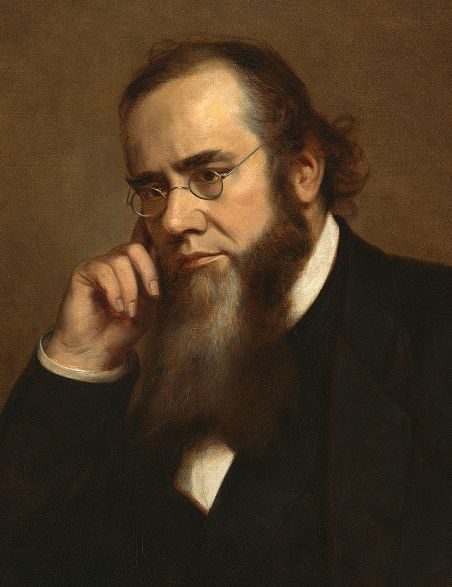Authors:
Historic Era: Era 5: Civil War and Reconstruction (1850-1877)
Historic Theme:
Subject:
Fall 2017 | Volume 62, Issue 5


Authors:
Historic Era: Era 5: Civil War and Reconstruction (1850-1877)
Historic Theme:
Subject:
Fall 2017 | Volume 62, Issue 5

“Good and evil were strangely blended in the character of this great war minister,” George Templeton Strong wrote a few days after Edwin Stanton died. “He was honest, patriotic, able, indefatigable, warm-hearted, unselfish, incorruptible, arbitrary, capricious, tyrannical, vindictive, hateful, and cruel.”
Strong, a New York lawyer who knew Stanton well, was right: Stanton was all of those things, a strange blend of good and evil. As the Union’s Secretary of War during most of the Civil War, he was Lincoln’s military right hand, the man whom the President referred to as his “Mars.”
Working together in Stanton’s telegraph office, the two men received telegraphic reports from the battlefield and gave instructions directly to the generals. Stanton’s great contribution was organization: organizing the war department, the million-man army, and the northern railroads and telegraphs, to bring them all to bear against the South.
Stanton was also Secretary of War in the months and years just after the Civil War. Stanton organized the military trial of those accused in the murder of Lincoln and attempted murder of Seward, which ended in the execution of four of those involved, including Mary Surratt. Stanton transformed the Union army from a fighting force into an army of occupation, to occupy and pacify the South. Reading the almost daily reports of violence in the South, Stanton believed that the Army had to remain in the South, to protect southern blacks and Union sympathizers. President Andrew Johnson believed that the Army had to leave the South, so that southerners could govern the South. Their disagreement grew so intense that Johnson attempted to remove Stanton, which led to the impeachment and near removal of the president. So to understand the nation’s first impeachment of a president, one has to understand Stanton, for Stanton was at the center, he was the cause, of the Johnson impeachment.
Stanton was born in Steubenville, Ohio, on the banks of the Ohio River, not far from Pittsburgh, in late 1814. His father was a doctor, but his father died when Edwin was only thirteen, and as the oldest son Stanton had to work, in a bookstore, to help feed the family. A friend recalled that young Edwin was a good employee with one fault; he was often so busy reading a book that he paid no attention when a customer came in to the bookstore. Money was